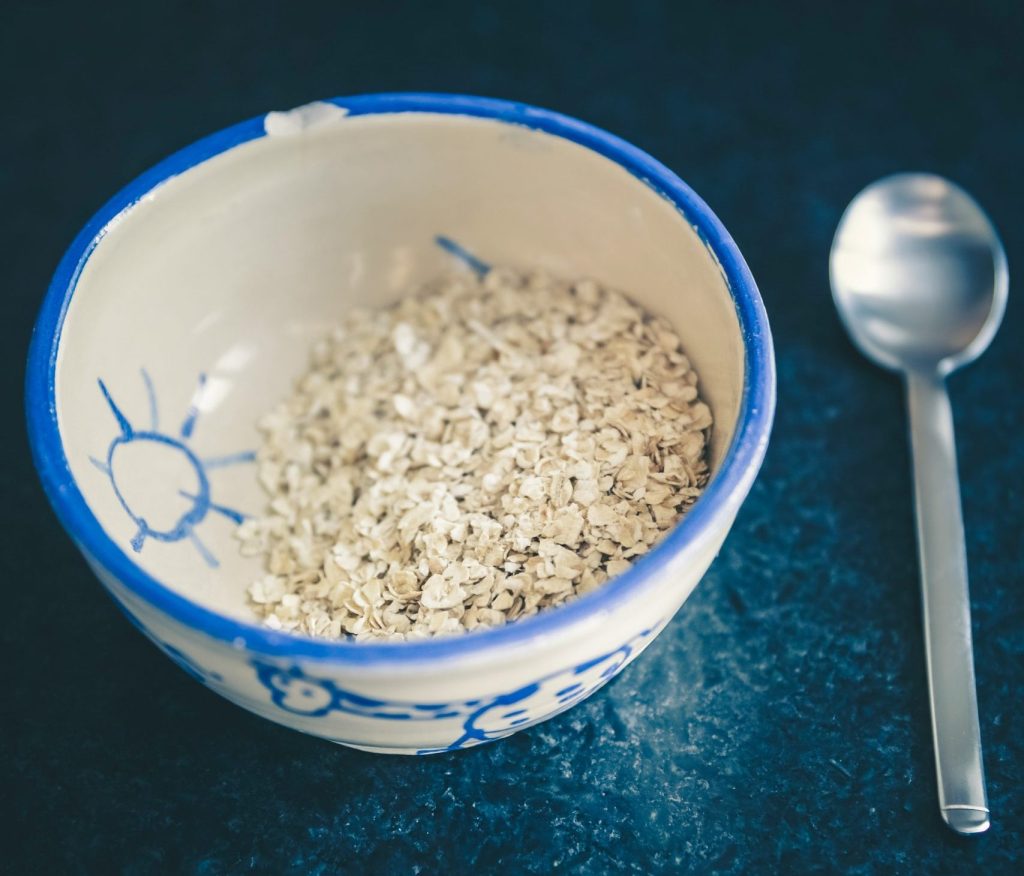Iron deficiency is one of the most common nutritional problems worldwide. It affects almost one in four people and is a major cause of anemia, especially among young women. For decades the main medical strategy to address this issue has been to add iron supplements to common foods, such as ferrous sulfate, yet these supplements are often poorly absorbed by the body and they alter the taste and appearance of foods, which limits how broadly they can be used.
Researchers at ETH Zurich have been exploring a different approach using oat proteins. These proteins form very thin natural fibers called nanofibrils, which act as tiny carriers for iron particles. By attaching the iron to these fibers, the researchers created a new supplement that helps deliver the iron more effectively to the body, keeping it stable and easier to absorb during digestion.
In laboratory tests, these oat-based hybrids behaved very well. The iron stayed in a form that the body can absorb, and it dissolved completely during in vitro digestion. The researchers also tested how well it mixed into everyday foods like water, apple juice or yoghurt. Unlike many traditional iron additives, this new version caused only very small changes in taste (it adds a pleasant oat flavor and aroma, according to the authors), making it much more practical for regular use.
After these promising results in the lab, the next step was to find out whether the iron was actually being absorbed. To explore this, the researchers carried out a clinical study with young women who had low iron levels. Each participant received small amounts of iron from different sources, including commercial iron supplements, and the team measured how much was absorbed.
The results were very promising. When taken with water, the iron carried by the oat fibers was absorbed 76% better than standard supplements. Even when mixed with polyphenol rich food, a type of ingredient known to strongly inhibit iron uptake, the new formulation still performed 65% percent better. This suggests that the oat hybrids remain effective even in diets that naturally block iron absorption.
Although more research is needed before this technology reaches the market, the findings point to a promising new tool in the fight against iron deficiency. By combining a natural plant protein with smart molecular design, the researchers have developed a supplement that is both effective and easy to use. If future studies confirm these benefits, this approach could help millions of people and become an important step in reducing global anemia.
Researcher in Energy Systems at ISAAC – SUPSI


